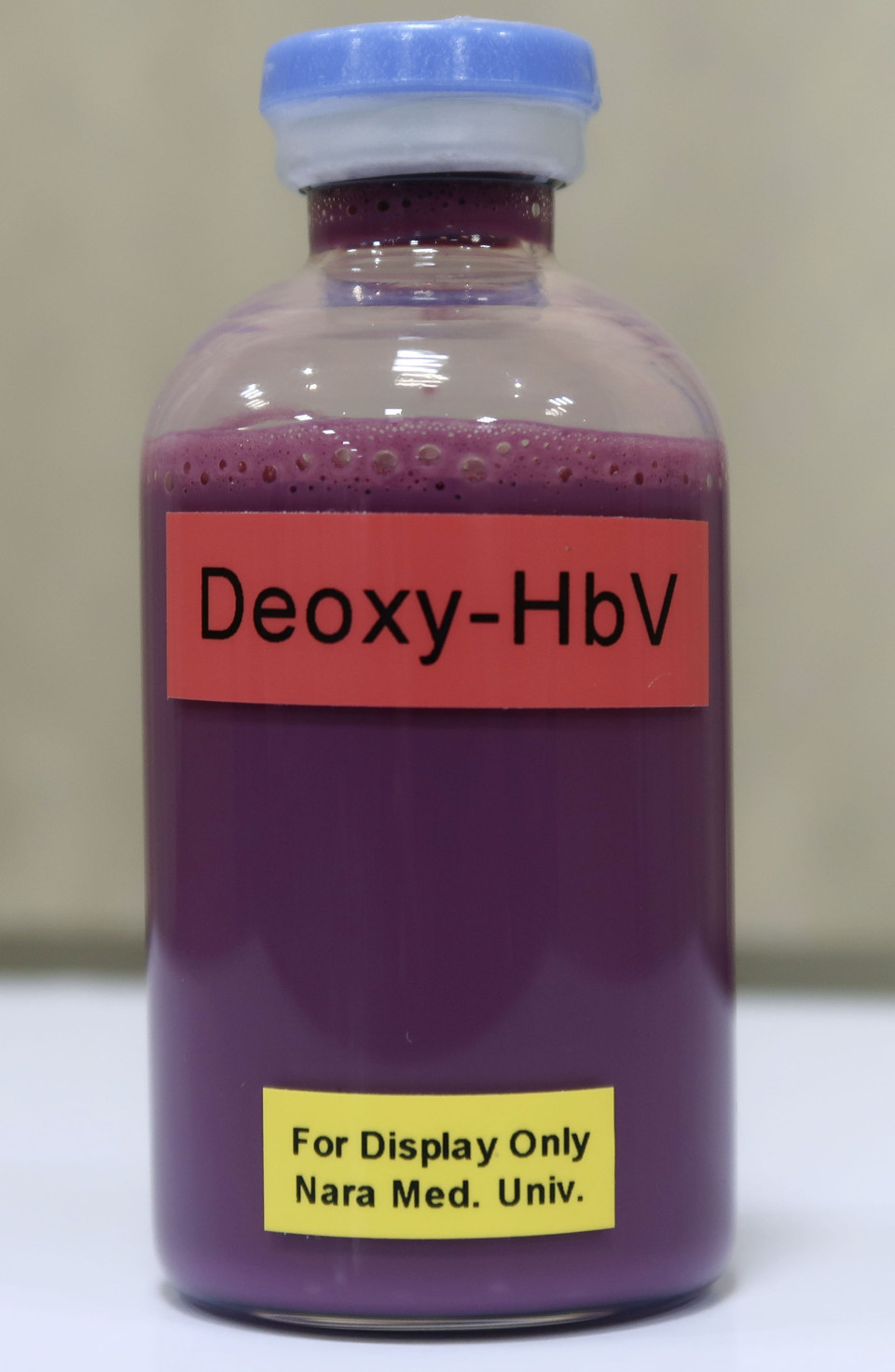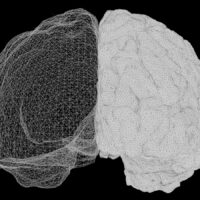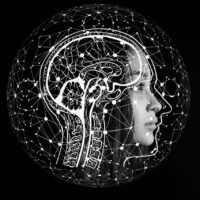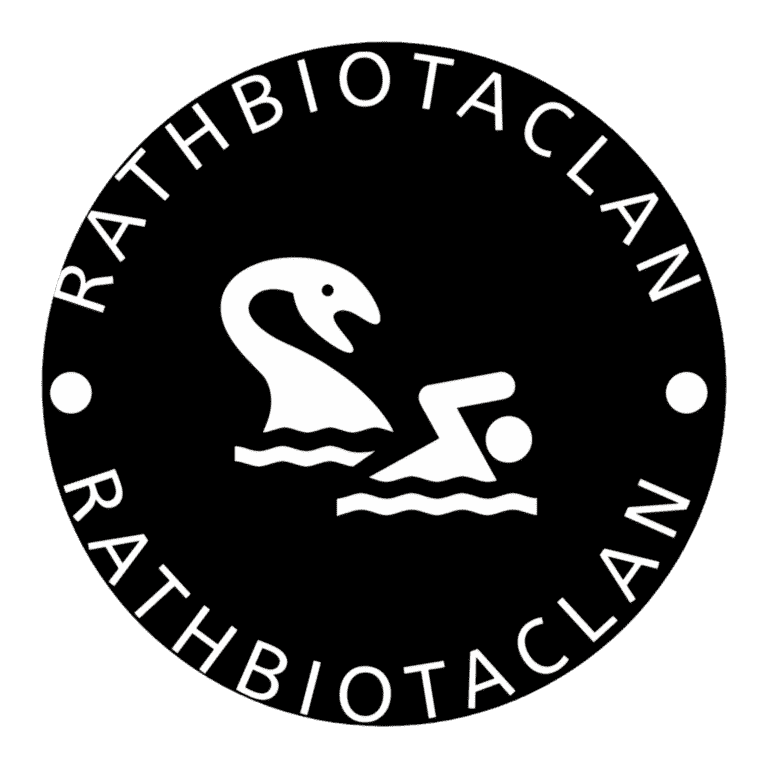Japanese scientists have developed a universal, virus-free artificial blood substitute. This innovative blood, based on hemoglobin vesicles, addresses critical global blood shortage challenges highlighted by the World Health Organization (WHO).
Key features and benefits of this artificial blood include:
- No blood type matching required: It eliminates the need for compatible testing, making it highly useful in emergency situations. Unlike donated blood, these artificial cells have no blood type.
- Extended shelf life: It can be stored at room temperature for up to two years, significantly exceeding the short shelf life of traditional donated blood.
- Virus-free: The artificial red blood cells are stable and virus-free.
- Oxygen delivery: Small-scale studies have demonstrated that these tiny artificial cells can safely deliver oxygen just like normal blood cells.
- Revolutionizing healthcare: This technology could improve healthcare by eliminating compatibility issues and blood shortages, especially in remote areas where blood storage and matching are difficult. It promises to ensure blood availability anywhere, anytime.
The artificial red blood cells are produced by extracting hemoglobin (which carries oxygen) from donated blood and then wrapping it with an artificial lipid membrane. The resulting artificial cells have a purplish color and are designed not to oxidize until used.
Professor Hiromi Sakai at Nara Medical University has pioneered this approach. Clinical trials for this artificial blood are currently underway, initially focusing on safety testing before moving to broader performance and efficacy targets. The trials will administer 100 to 400 milliliters of artificial blood to volunteers.
If these clinical trials prove successful, Japan aims to deploy this artificial blood for real-world medical care by 2030, potentially making it the first country to do so and revolutionizing global healthcare.
How “Universal Blood” is Made and Its Components:
The primary approach to developing “universal blood” involves modifying red blood cell (RBC) surface antigens.
- Enzymatic Conversion of Blood Types:
- From Group B to Group O: Researchers, notably Goldstein and co-workers, demonstrated that group B erythrocytes could be enzymatically converted to group O RBCs. This process uses an enzyme called alpha-galactosidase, initially extracted from coffee beans, which removes the specific sugar residue that defines the B antigen. A successful phase II trial utilized a recombinant enzyme for this conversion.
- Challenges with Group A: Enzymatic conversion of group A red cells has been more difficult due to the more complex nature of A antigens and the lack of suitable glycosidases. However, new classes of bacterial exoglycosidases have been discovered that can perform group O conversions with faster kinetics, though their major role in transfusion practice is still uncertain.
- Directed Evolution of Glycoside Hydrolases: More recently, research has focused on engineering glycoside hydrolases, specifically from Streptococcus pneumonia SP3-BS, to selectively cleave the antigenic components of polysaccharides on RBC surfaces. Through a process called iterative saturation mutagenesis (ISM), enzyme activity for cleaving specific linkages of type 1A antigens has been increased 100-fold. Despite this advance, practical applications like organ transplantation are still considered distant.
- Limitations: Currently, there are no reports showing the enzymatic conversion of other important blood typing groups, such as the Rh factor. The A and B antigens are complex macromolecules containing carbohydrates firmly bound to red cell membranes. Their specificity is determined by specific glycosyltransferases and their terminal carbohydrate sequences. The H chain lacks the terminal carbohydrate sequences present in A and B blood groups.
- Derivation from Pluripotent Stem Cells: Another attractive future option for blood transfusions is the concept of deriving (O)Rh-negative RBCs from pluripotent stem cells, an area advancing rapidly.

How it Works:
The goal of creating “universal blood” is to remove or alter the specific antigens on the surface of red blood cells that trigger immune responses and cause incompatibility issues.
- Antigen Removal: By enzymatically cleaving the terminal carbohydrate sequences that define A or B antigens, the red blood cells effectively become “O-like”. Group O red blood cells lack A or B antigens, making them compatible with individuals of blood groups A, B, or O, hence their designation as “universal donors”.
- Mechanism of Action for Enzymes: The engineered glycoside hydrolases specifically cleave the entire terminal trisaccharide antigenic determinants of both A- and B-antigens from some linkages on the surface glycans of red cells.
Worth and Potential Benefits:
The development of universal blood holds significant potential benefits for transfusion medicine:
- Reduced Transfusion Errors: Accidental transfusion of ABO-incompatible RBCs is a leading cause of fatal transfusion reactions. A universal red cell could eliminate many transfusion errors by reducing the need for precise ABO matching.
- Simplified Inventory Control and Logistics: It could simplify inventory management and complex shipping practices in blood banks, as a single type of blood could be stocked and used for all patients.
- Emergency Situations: In emergency situations where there is insufficient time for complete serologic testing, Group O Rh-negative blood is already used as a “universal” option. The development of true universal blood would further streamline this process. If an ABO discrepancy is present, “universal blood” components (Type O RBCs and Type AB plasma) can be issued until the cause is determined.
- Addressing Blood Supply Challenges: In developing countries, where blood testing for agents like HIV, HBV, and HCV is often inadequate or economically unfeasible, a universal blood supply could potentially improve safety and availability, especially where a large percentage of the population might test positive for infections.
- Multi-Organ-on-Chip Platforms: In the context of microphysiological systems (e.g., multi-OoC platforms), a “universal blood substitute” refers to a medium that can feed all organ compartments. While human serum could serve this role, synthetic strategies are preferred to avoid infection risks, variability, and administrative constraints. This concept is different from a blood product for human transfusion but shares the goal of broad compatibility.
Limitations and Challenges:
Despite the potential, several challenges remain:
- Rh Factor: Currently, enzymatic conversion of other important blood typing groups, such as the Rh factor, has not been reported. This means a truly “universal” product beyond ABO compatibility is still a distant goal.
- Practical Application: The likelihood of currently discovered bacterial exoglycosidases playing a major role in blood transfusion practice is unclear. While significant advances have been made in increasing enzyme activity for Group A conversion, practical applications like organ transplantations are still far away.
- Infectious Risks: Even with stringent donor screening and testing, infectious risks remain, including “window period” transmissions for viruses like HIV, HBV, and HCV. Bacterial contamination and transmission of tick-borne diseases are also concerns. A universal blood product would still need to address these inherent risks of blood products themselves.
- Other Transfusion Risks: Beyond infection, red cell transfusion carries other risks such as acute and delayed hemolytic reactions, febrile reactions, transfusion-related acute lung injury (TRALI), transfusion-associated graft-versus-host-disease (TA-GvHD), post-transfusion purpura (PTP), and allergic/hypotensive reactions. These would still need to be managed, although a “universal” product might simplify some aspects.
- Massive Transfusion Complications: In massive transfusions, complications like dilutional coagulopathy, hyperkalemia, hypocalcemia/citrate toxicity, acid-base imbalances, and hypothermia are significant concerns, which are related to the volume and composition of transfused products rather than just blood type incompatibility.

